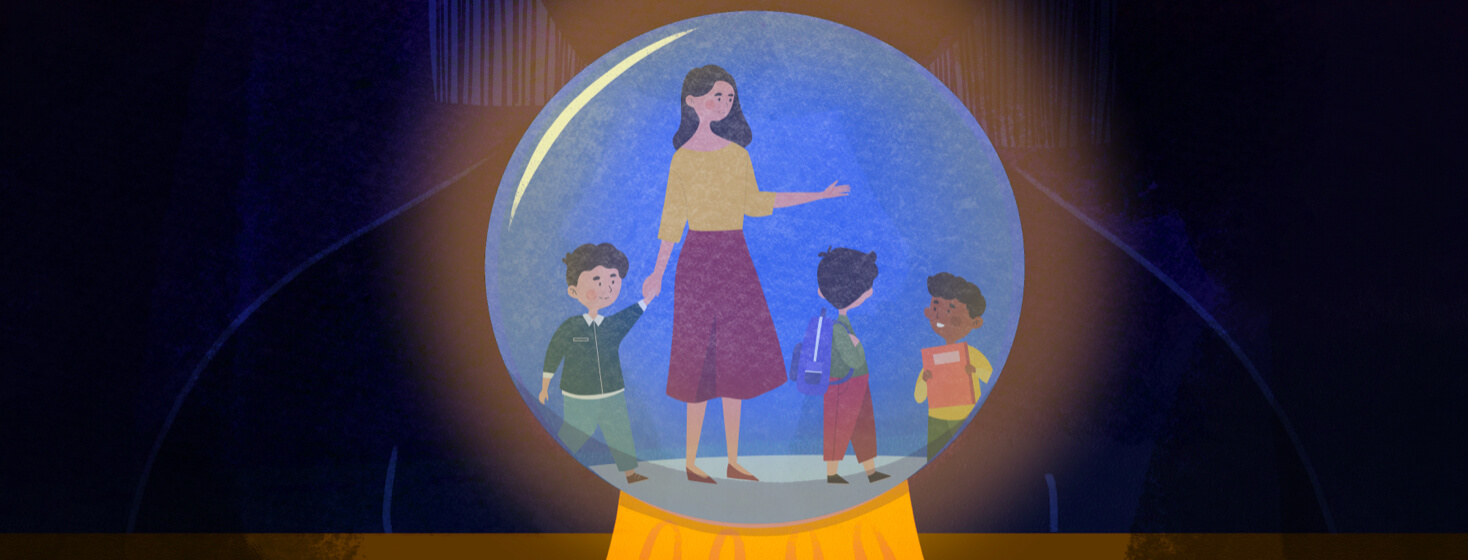Demystifying Epilepsy
Matthew was 6 years old when diagnosed with epilepsy and he stayed in a typical classroom from kindergarten through second grade. During that time, he also played baseball and soccer and participated in Cub Scouts.
We didn't want him to be seen as different from any other elementary school child or for other kids or parents to be scared if and when he seized.
Seizure education for kids
The district nurse was able to come out and talk to the kids in Matthew's class and explained – on a level they could understand – what they may see happening to Matthew. Many of those children were in his Cub Scout den. The nurse told them that something was happening in Matthew's brain that he had no control over. She told them they didn't need to be scared and that the seizure did not hurt Matthew.
I stayed for Cub Scout meetings in case Matthew did seize. There was and is no rhyme or reason as to when a seizure will occur. One day, during a meeting, Matthew did have a seizure.
I distinctly remember one of the boys coming and telling his mom that Matthew would be okay and that the seizure doesn't actually hurt him, it's just something his brain does. I was so proud – if educated, epilepsy doesn't have to be taboo or intimidating. I was also able to talk to the parents and let them know what was going on with Matthew.
Trying to make seizures less scary
I think that once they actually saw Matthew seize, and they saw me or another adult being calm with Matthew, watching how we timed the seizure and then how Matthew would just come right back after seizing, they too became more comfortable. In turn, this made seizures not as scary.
I am not saying they can't be scary. A full-on drop tonic-clonic seizure can be hard to watch for any epilepsy veteran. But the more people learn and experience, the calmer the situation can be handled.
Matthew wasn't the only student who had seizures at our elementary school. Matthew and the other student who experienced seizures did have 1:1 aides with them. The other students were amazing and really stepped up if either of them seized and the aide needed help. They didn't freak out, they just knew where to go find help and get them the help needed.
Seizure education for teachers
In later school years, Matthew had to go from the neurotypical classroom to a Special Day Class (SDC), more commonly referred to as special education. After graduating high school in 2021, he has now moved on to Adult Transition classes where he will stay until January 2025.
Any staff, teachers, nurses, or aides who work with Matthew must go through training at the beginning of the year to learn about how the seizures present and how they are to respond.
His epileptologist fills out a form every year called a "seizure action plan" that spells everything out for them. It explains what types of seizures Matthew has, how long they typically last, and when emergency medication is needed.
Care, compassion, and calm
It comes as no surprise that when the staff is trained and knows what to do when Matthew has a seizure, the students just go with the flow. The other students may not know what is going on, but then they learn that Matthew has seizures, this is what his brain does.
They stay calm because the aides and teacher stay calm. Some of the students even like to help the aides out and swipe Matthew's vagus nerve stimulator (VNS) at times. I personally think that that is wonderful, they are showing care and compassion and accept Matthew for who he is.

Join the conversation